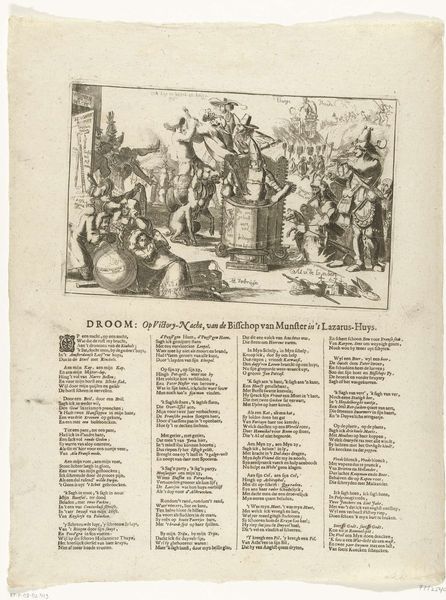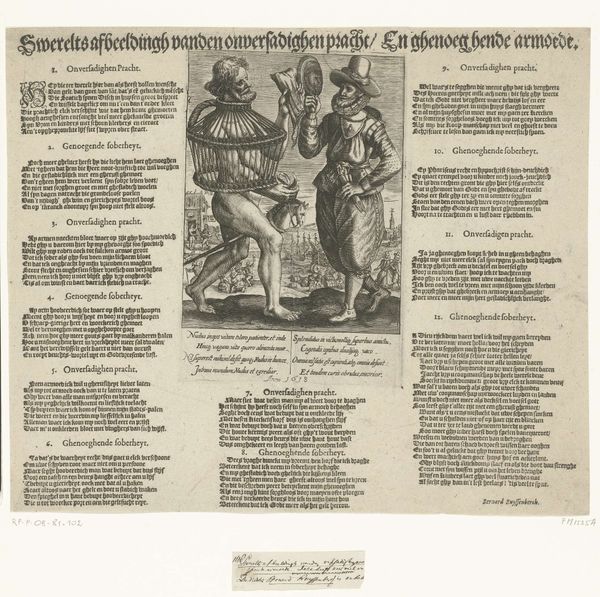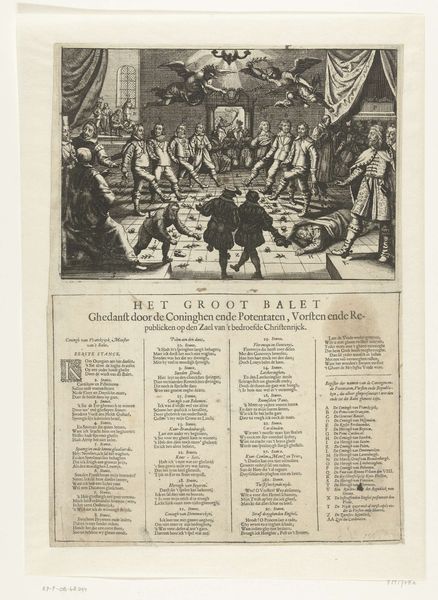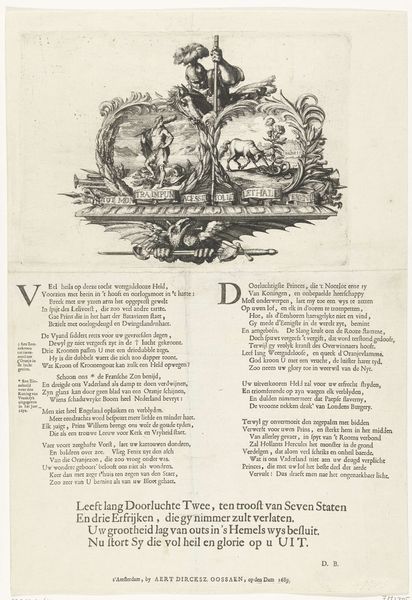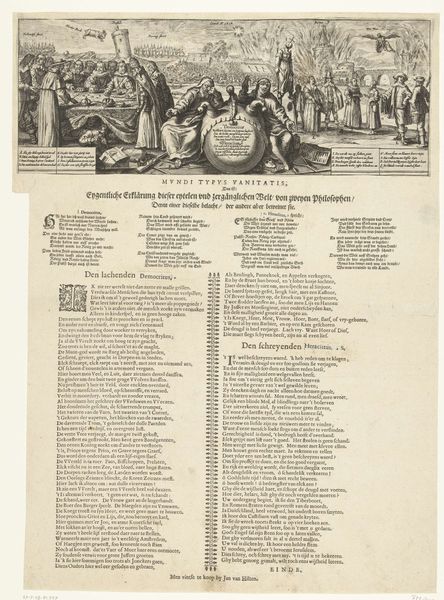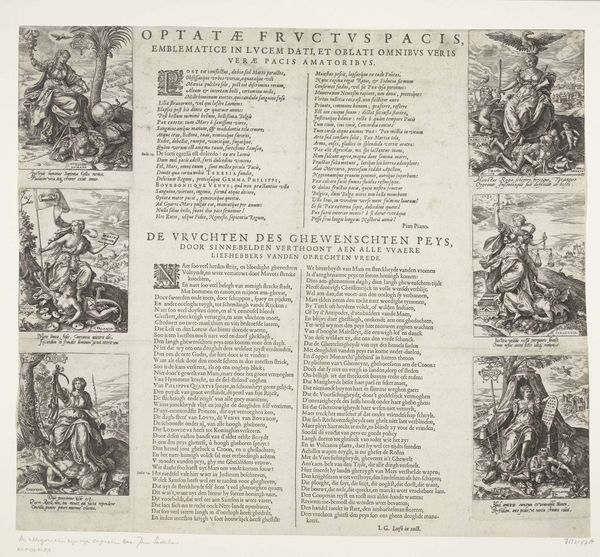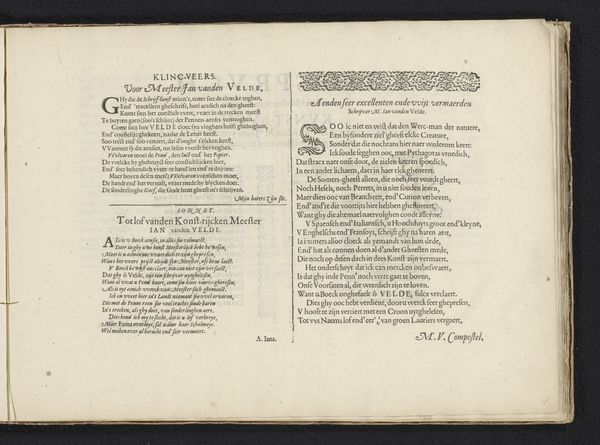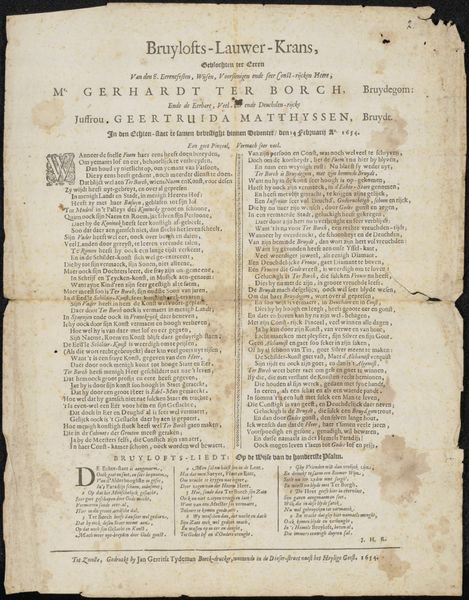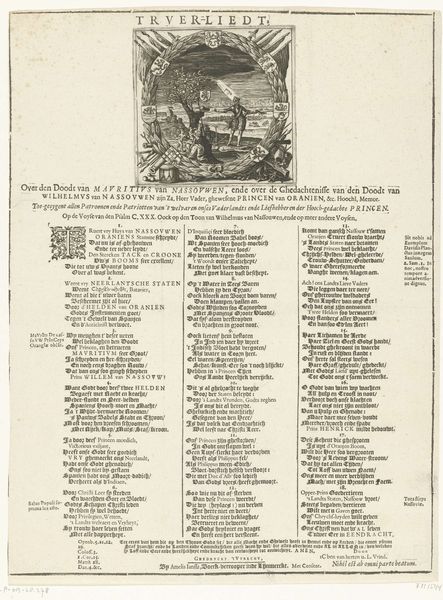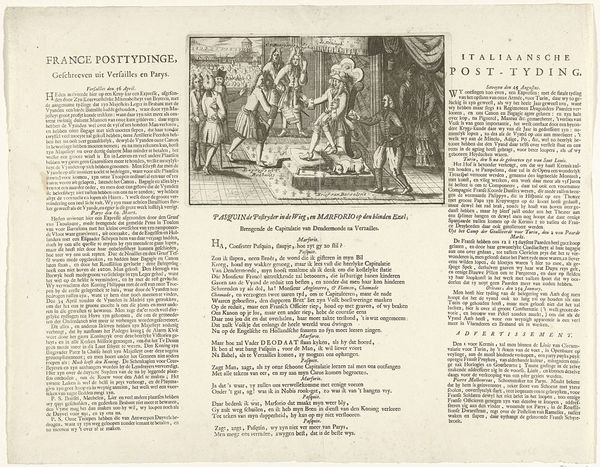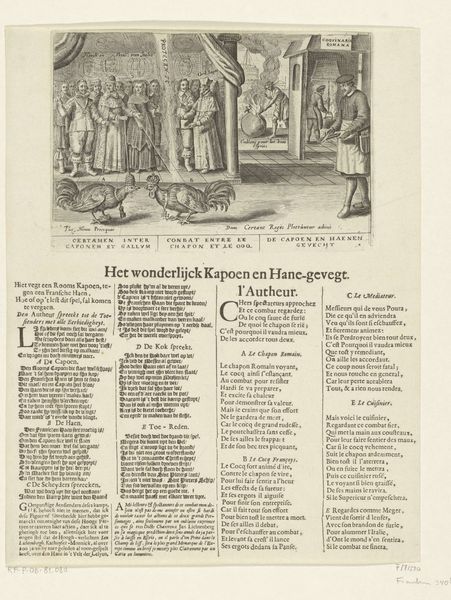
print, etching, textile
#
narrative-art
#
baroque
# print
#
etching
#
textile
#
genre-painting
#
history-painting
Dimensions: height 375 mm, width 297 mm
Copyright: Rijks Museum: Open Domain
Curator: Here in Gallery 2, we have a 17th-century etching by an anonymous artist titled "Spaanse Krankheid, 1632," currently held at the Rijksmuseum. The direct translation of the title is "Spanish Disease". Editor: Oof, that’s stark. I mean, even without knowing the specifics, it sets a decidedly grim tone. The harsh lines of the etching only amplify the sense of suffering, or maybe...political unease? It is almost more textual than visual. Curator: Indeed. It's categorized as narrative art and could be interpreted as both genre and historical painting, but really, it's an exercise in political commentary. The artist employed printmaking as a means of distributing their views. Consider the role of textile, another medium associated here, in its production and its distribution. Editor: So, it's not just the content but also the form that's making a statement? Craft as critique, very clever! Look at the characters on the right bearing farm implements -- what do you think this means? Curator: Precisely. It raises questions about the role of craftsmanship during times of socio-political upheaval. Those figures could represent peasants being pressed into service, reflecting the conflict of the time. Or even broader, class struggle between workers/peasants and nobility. Editor: I appreciate that the artist made sure that we understood the political implications by including copious blocks of printed text right under the scene, almost more text than the artwork itself. This is a really dense and direct artwork that doesn't beat around the bush. It hits you over the head with the issue it has with Spanish imperial power. Curator: It emphasizes accessibility to a broad audience through direct language combined with symbolism that those close to the matter can recognize. This ensures the message resonates beyond elite circles and can affect meaningful societal discussions. Editor: Looking closely at this artwork made me consider the various ways people can protest something they feel deeply. I realize, in times like today, how valuable a seemingly humble object such as a print can be to move others to challenge unjust establishments. Curator: Indeed. "Spaanse Krankheid, 1632" provides an impactful reminder of the enduring power of art as an impetus to critical dialogue, echoing and augmenting those voices throughout our collective history.
Comments
No comments
Be the first to comment and join the conversation on the ultimate creative platform.
